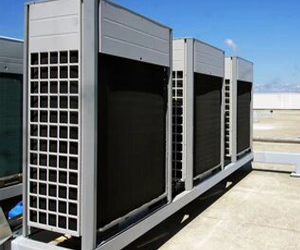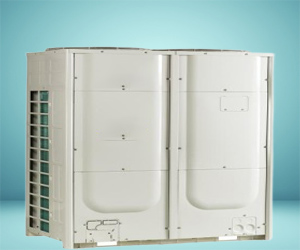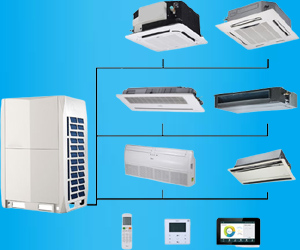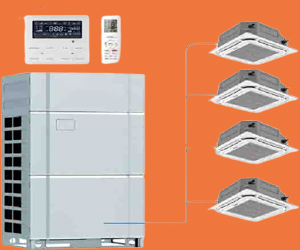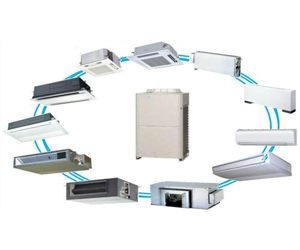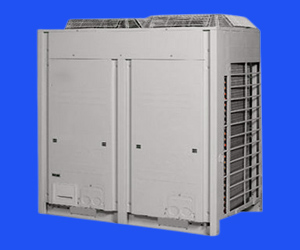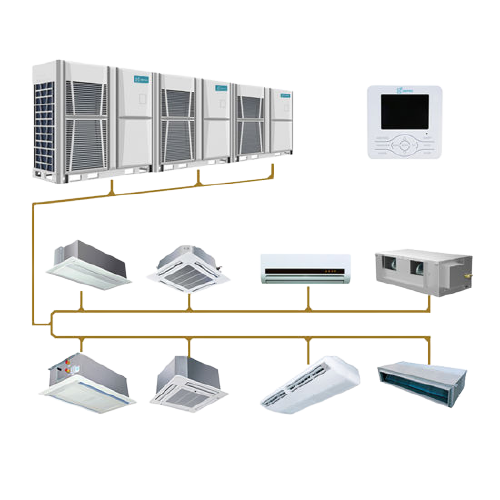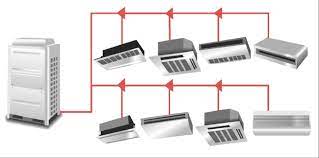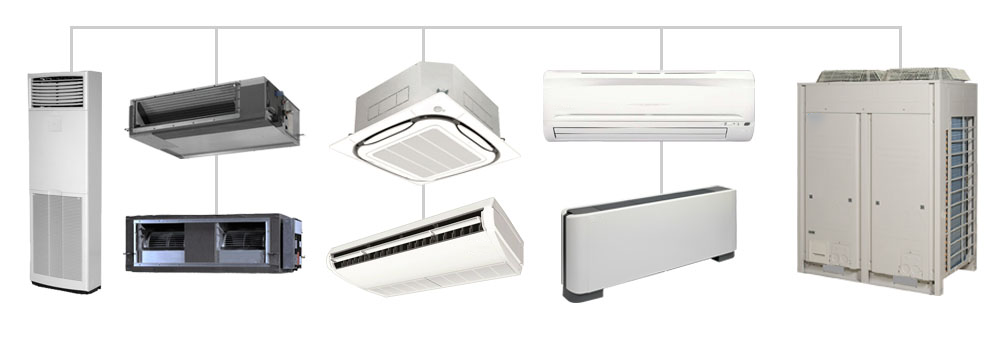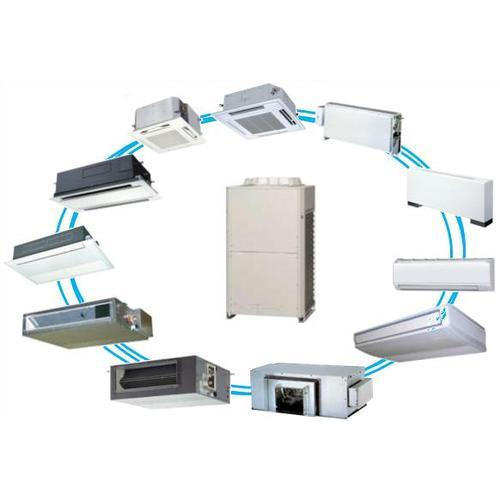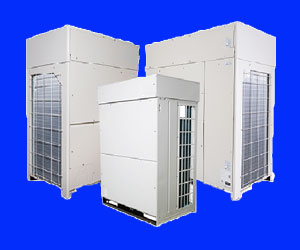- Plot No. 5, 23rd Street Extension, Ashtalakshmi Nagar, Alapakkam, Porur
- +91 9941008060 / 9941008070
- [email protected]

VRF & VRV AIR CONDITIONING SYSTEM IN CHENNAI
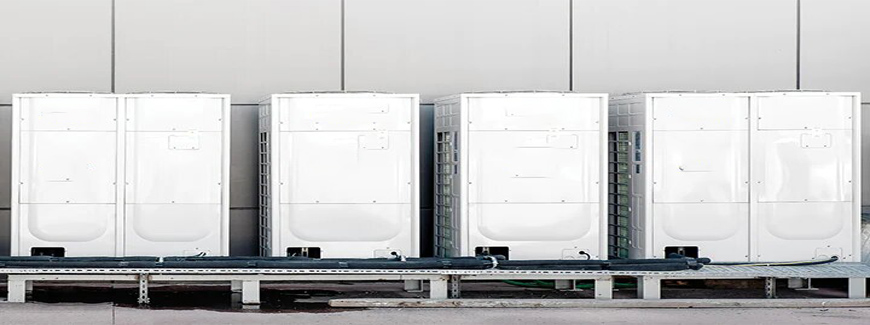
VRF AND VRV SYSTEM
What Are VRF And VRV Technology?
One of our goals here at we is to educate and inform our clients with the goal that they can come to the best decisions about HVAC systems for their home or business. Nowadays, we're hearing a ton about VRV and VRF technology in HVAC. We should investigate the way this functions and the benefits it could have for you.
VRV Vs. VRF: What's The Difference?
We should, first of all's, explain what these letters rely on. VRV is short for Variable Refrigerant Volume. VRF represents Variable Refrigerant Flow. The truth of the matter is, these are two distinct names for a similar basic technology.
So in the event that you see a system referred to as VRV. Then again, in the event that it's called VRF, it's made by another person. VRF is the term utilized by most companies. It's turned into the more considered normal approach to referring to this technology, however VRV is really the first name.
Since we're glad to be a Comfort Pro dealer, we'll involve the term VRV until the end of this article.
How Does VRV Technology Work?
A VRV system is a multi-split type of system. It has a single external unit, which might contain one or different blowers. This is connected with a few inside units (air overseers) by refrigerant piping. There's likewise communication wiring connecting the external unit to every inside unit.
Refrigerant circulates from the external unit to within units, by and large with a few inside units on every refrigerant "loop." It takes into consideration many inside units to be connected with one external unit. For example, We commercial VRV systems allow a limit of 64 inside units to be associated with a single external unit.
Three Types Of VRV Systems
There are three different types of VRV systems: cooling-only, heat pump, and intensity recovery. Cooling-only systems give just cooling and dehumidification. Heat pump systems are the most famous sort. They give both heating and cooling. However, an intensity pump system will just give either to all inside units at a given time.
Heat recovery systems are a newer, more convoluted innovation. With these systems, a few indoor units in a system can be heating while others associated with a similar external unit are at the same time cooling. This is achieved by really moving intensity from the rooms being cooled to the rooms being heated. Contingent upon the system, this might require additional refrigerant lines.
The Benefits Of VRF And VRV Cooling Systems
• Exceptionally energy productive
• Highly energy efficient
• Precise warming and cooling
• Heat recovery
• Zoned comfort
• Adaptable and modular plans
• More straightforward to install
• Complex, simple to utilize controls
What Are The Advantages Of VRF Air Conditioning?
Save Energy - VRF compressors highlight DC inverters that control engine paces and refrigerant stream with more prominent accuracy, taking into consideration incomplete ducting is used. Since no ducting is utilized, VRF dodges the energy loss of ducted systems.
Further Improve Solace - VRF systems ceaselessly screen surrounding conditions and change the refrigerant stream to maintain with steady temperatures.
Our Clients
VRF VRV AC DEALERS
